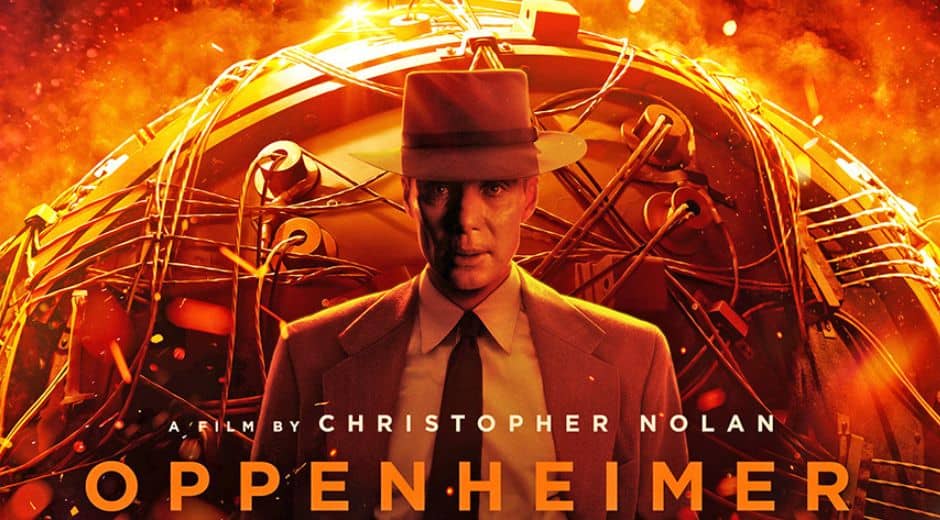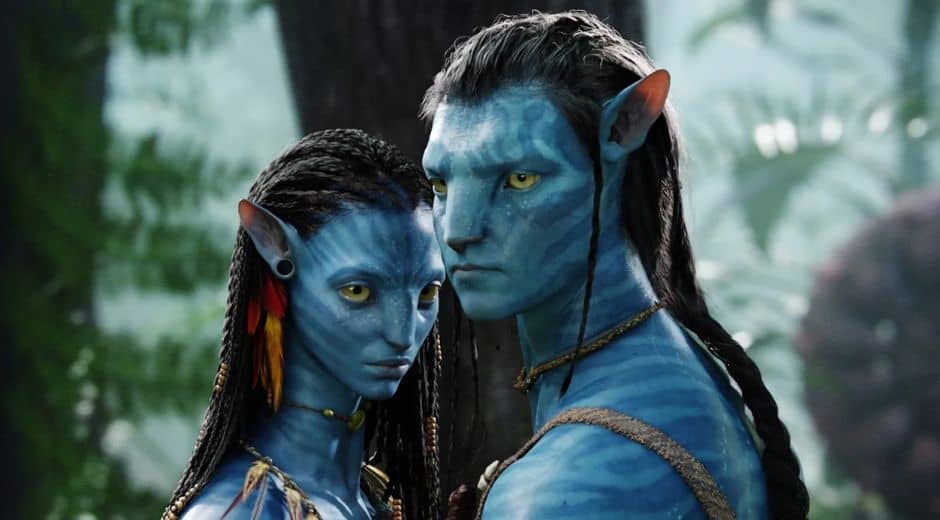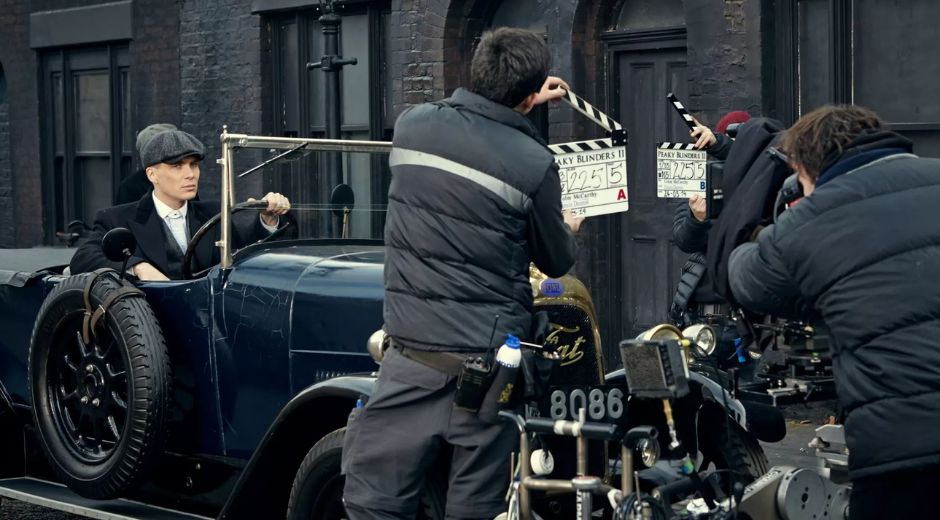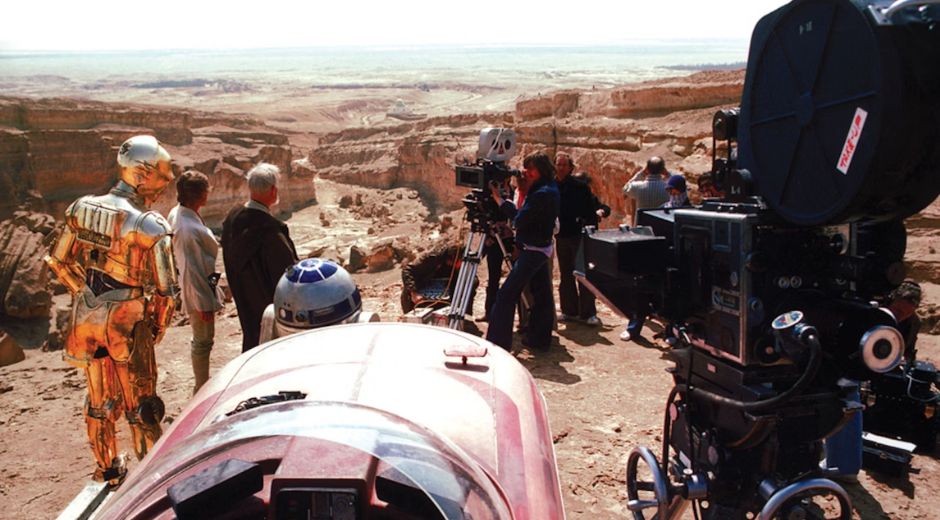Oppenheimer Behind the Scenes: 7 Incredible Secrets
Oppenheimer Behind the Scenes: 7 Incredible Secrets
Christopher Nolan’s Oppenheimer is a cinematic triumph that has left audiences in awe. The film tells the story of the physicist J. Robert Oppenheimer and the creation of the atomic bomb, exploring the complex moral dilemmas and scientific brilliance that defined an era. While viewers are captivated by the storytelling and performances, the making of Oppenheimer is full of fascinating behind-the-scenes stories that reveal the dedication, creativity, and meticulous planning required to bring this historical saga to life.
Here are seven incredible secrets from behind the scenes of Oppenheimer that illustrate the scale and ambition of Nolan’s filmmaking.
1. The Power of Practical Effects
Nolan is well-known for his insistence on practical effects rather than relying solely on CGI. In Oppenheimer, this approach was taken to an extreme. Explosions, massive sets, and complex props were constructed to recreate pivotal moments with astonishing realism. The team went so far as to use controlled detonations to simulate parts of the Manhattan Project experiments, making every scene feel tangible. This level of detail ensured that audiences would experience history as if they were present during those tense, world-altering moments.
2. Miniature Models for Epic Scenes
To depict large-scale operations like the test of the atomic bomb, Nolan’s team created highly detailed miniature models of facilities and landscapes. These models were used to film complex sequences safely while maintaining an authentic sense of scale. The work required precision craftsmanship, and the result is a visually striking portrayal that blends seamlessly with live-action shots. These miniatures allowed for creative camera angles that enhanced the dramatic tension of key sequences in Oppenheimer.
3. Immersive Sound Design
The sound of an atomic explosion is one of the most iconic aspects of the story. For Oppenheimer, the sound design team spent months crafting audio that could convey both the physical force and emotional weight of nuclear testing. Each boom, echo, and reverberation was carefully layered to ensure that audiences felt the immense power of these historic events. Sound was not just an accompaniment; it became a character in itself, amplifying the tension and impact of the film.
4. Costume Research and Historical Accuracy
The wardrobe department for Oppenheimer took historical accuracy seriously. Every uniform, suit, and piece of clothing was meticulously researched. By consulting archives, photographs, and historical experts, the team ensured that the costumes reflected the era’s social norms, professional hierarchies, and cultural nuances. This attention to detail allowed viewers to fully immerse themselves in the world of 1940s physics labs, government offices, and military installations, adding subtle authenticity to every scene.
5. Cinematic Innovation with IMAX Cameras
Nolan’s experiments with IMAX cameras brought a new level of visual intensity to Oppenheimer. He combined traditional cinematography with unconventional angles and high frame rates to create a dynamic visual experience. These techniques helped convey both the intimate personal struggles of Oppenheimer himself and the overwhelming scale of the atomic bomb project. The IMAX sequences, especially those capturing explosions and critical moments, provide a sensory experience that few films achieve.
6. Cillian Murphy’s Deep Dive into the Character
Cillian Murphy, who portrays J. Robert Oppenheimer, went far beyond memorizing lines. He immersed himself in the historical context, reading letters, diaries, and personal accounts of the physicist’s life. This preparation allowed Murphy to capture not only the intellectual brilliance but also the emotional depth of Oppenheimer. The subtle gestures, expressions, and vocal nuances in his performance reveal the inner conflicts of a man tasked with a responsibility that changed the course of history.
7. Secrecy and Limited Information on Set
Maintaining secrecy was a key part of the Oppenheimer production process. Even crew members were sometimes unaware of the full context of the scenes they were working on. This strict confidentiality helped preserve the element of surprise and allowed Nolan to control exactly how the story unfolded for audiences. It also mirrored the secretive nature of the Manhattan Project itself, adding a layer of authenticity to the filmmaking process.
Conclusion
In conclusion, the making of Oppenheimer is a testament to Christopher Nolan’s mastery of filmmaking. These seven behind-the-scenes secrets reveal the extraordinary lengths taken to ensure historical accuracy, visual authenticity, and emotional resonance. Every choice, from practical effects to casting and sound design, was made to honor the real-life story of Oppenheimer while delivering an unforgettable cinematic experience. For anyone fascinated by the intersection of history, science, and cinema, Oppenheimer stands as a modern masterpiece whose creation is as compelling as the story it tells.
Fans of filmmaking and world-building can explore more behind-the-scenes insights in our full Behind the Scenes section on moviefil. For travelers interested in visiting cinematic locations and film-inspired destinations, TripBeyondTravel offers expert guides and tips for unforgettable experiences.
Your Cinema Journey

Uncharted Movie: 7 Incredible Reasons It’s Unforgettable
Discover 7 incredible reasons the Uncharted movie is unforgettable, from epic adventures to thrilling performances and stunning visuals.
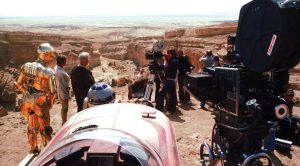
Epic Secrets: 7 Behind-the-Scenes Stories of Star Wars
Go behind the scenes of Star Wars and uncover epic secrets from the making of the galaxy’s most iconic saga.

Superman (2025) Review: The Epic Return of the Man of Steel
Explore 7 timeless romance classics that defined love on screen, capturing hearts and inspiring generations with unforgettable stories.
